Did you know that there was a time when the supreme court of a country had to decide whether a round, mealy-textured edible item was a fruit or a plant? Yup! That happened, and the victim of this identity crisis was our dearest tomato.
A tomato is a fruit, but the confusion around this decision arose in the 1890s when the US supreme court named it a vegetable for taxation purposes. Thankfully, it got back to being its true self soon!
So, where do these tomatoes come from? What good are they to us? Can we turn them into something more delicious? We are going to discuss all these questions and much more in this blog.
The Origin of Tomatoes
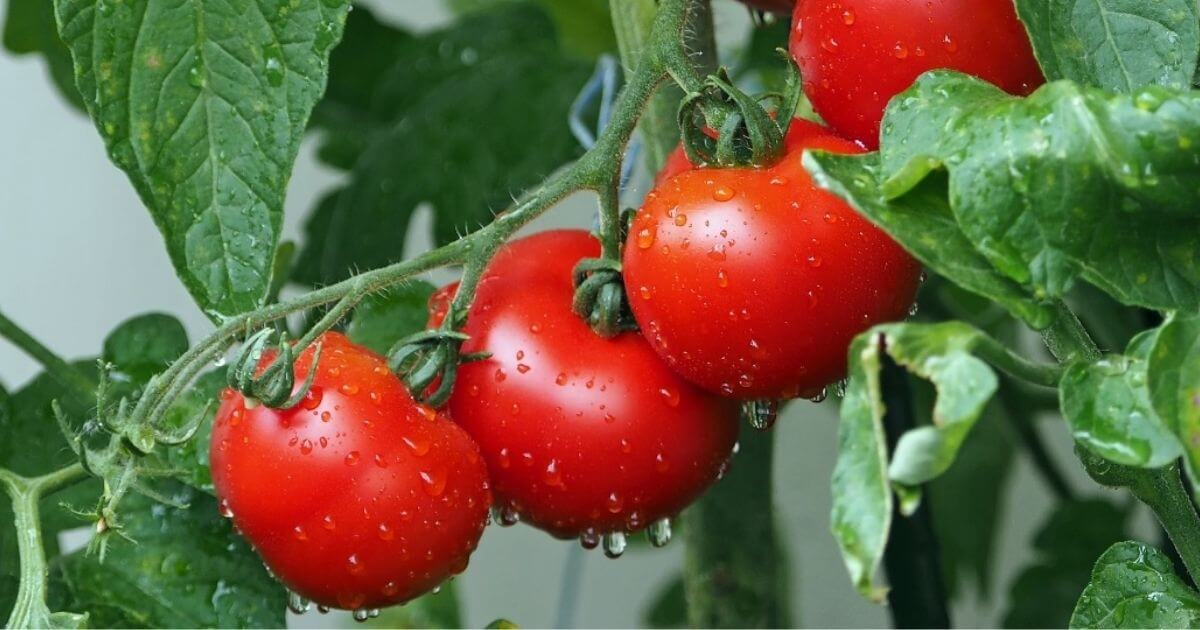
The history of tomatoes has attracted a lot of opinions and controversy. Some people believed that they came from Italy since they were a cardinal ingredient in most Italian delicacies in the modern days.
Nevertheless, they were originally grown in Peru and were initially cultivated in Central America. The United States first domesticated them in 1820 and expanded their growth later.
It was around this time that the tomato plant became a staple food amongst the Mexicans, who were the first natives to use it in their day-to-day meals. It is from here that this fruit made its way towards the rest of the world.
Later, it was widely spread to the Mediterranean regions by Spanish Conquistadors and was used for a long time before it caught Europeans’ attention as a healthy food spice in the mid-nineteenth century.
One Tomato, Different Meaning
Being a tomato is not so simple; it must carry the weight of all the meanings associated with it everywhere (we hope this is not the reason behind some tomatoes becoming mushy and bruised).
Tomato is a member of the Nightshade family (sounds mysterious, right?), and its scientific name is Solanum Lycopersicum, which means ‘wolf peach’ in Latin. The Latins used to think that this fruit was dangerous, just like a wolf.
Next up, we have the Italians who called it Pomodoro or golden apple. This name was a result of the coloration of the first fruit ever found in Italy.
Lastly, there are the French natives who used to call it pomme d’amour, which means ‘love apple’. They believed it to have aphrodisiac traits.
Tomatoes Are Our Friends
Tomatoes are grown naturally and can either be consumed raw or cooked. There are numerous health benefits associated with them. Let us look at some of these benefits one-by-one:
- Tomatoes are rich in nutrients, vitamins, folic acid, lutein, beta-carotene, potassium, calcium, and alpha-lipoic acid
- Lycopene, which is one the most important nutrients in tomatoes, has been proven to prevent the growth of cancerous cells (isn’t nature amazing?)
- Tomato is a powerful antioxidant, which means that it can protect our cells against free radicals, which may play a role in heart disease amongst other diseases
- It fortifies the human body by supporting the immune system
- Regular consumption of tomatoes also helps protect our brain cells from damage (be kind to your brain cells and say yes to tomatoes!)

- Tomato enables proper muscular movements and improves heart efficiency
- Tomato fruit provides the necessary nutrients needed to maintain normal blood sugar level (you heard it right, diabetics)
- The presence of choline helps with learning, improved memory, and better sleep
- Consumption of tomatoes makes your skin glow, and it also aids digestion (such a natural way to get a better skin)
- Tomatoes contain protein compounds such as Histamine and Solanine, which help in strengthening calcium tissues in the body
Are you interested in learning the Best Tomato Soup with Meat recipe? Click here
Top 10 Facts about Tomatoes
As if the history and health benefits of tomatoes have not already impressed us, here are ten fun facts to make you more intrigued:
- People used to be afraid of eating tomatoes, considering them poisonous due to being a member of the nightshade family
- Even after they have been harvested, tomatoes keep increasing in weight as they ripen
- Tomatoes are made up of 95% water
- China is the number one producer of tomatoes
- Tomatoes are found in more than 10,000 varieties, in colors like pink, yellow, white, purple, and black
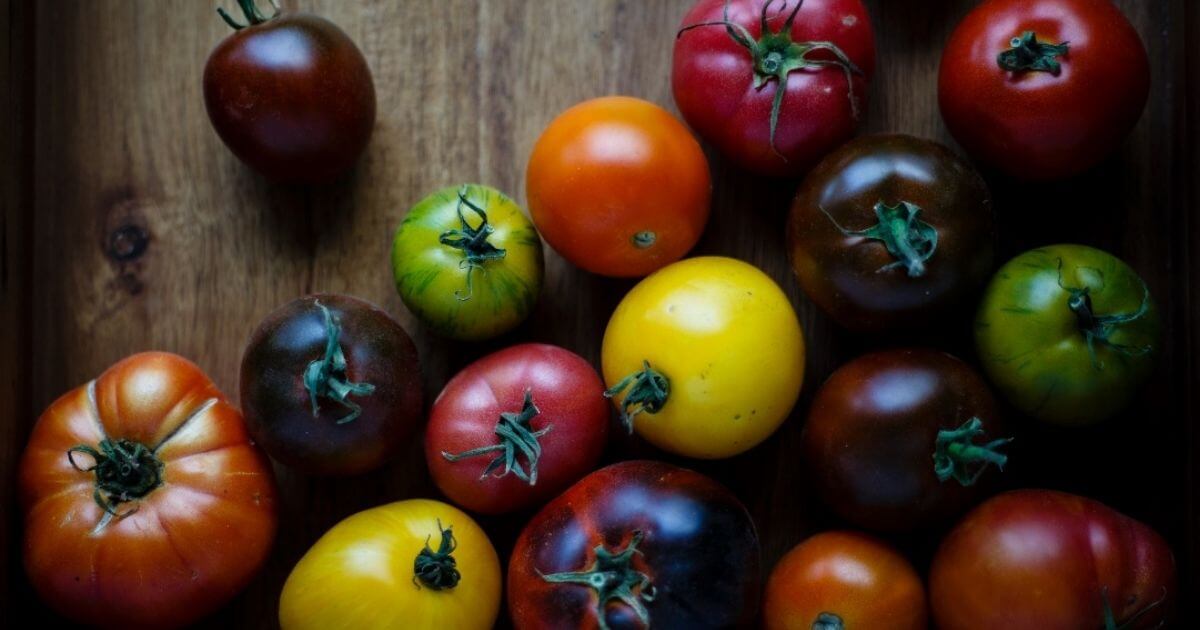
- Before being grown in Canadian schools as a part of the Tomatosphere experiments, around 600,000 tomato seeds flew to the International Space Station
- The largest tomato plant covers an area of 56.73 meters sq. and is found at Walt Disney World Resort, Florida
- The largest tomato on record was picked in Oklahoma in 1986, weighing over 3.5 kgs
- Tomatoes are more likely to stay fresh if you store them with their stem down
- There is no mention of tomatoes in either the Bible or any of Shakespeare’s work
Every Good Has a Bad
With their tremendous health benefits and being an important ingredient in most cuisines throughout the world, the intake of tomatoes must be balanced. Below is a list of the ways it can negatively affect our health:
- Tomatoes contain malic and citric acid, which can cause heartburn and acid reflux if consumed too much
- Too many tomatoes may cause prostate cancer, which is common in men
- While Lycopene is a strong antioxidant, it can create difficulties related to urination that can, in turn, affect the prostate gland
- Some protein compounds (tomatoes are rich in proteins) may cause joint inflammation if taken excessively
- A person whose tomato intake is excessive is prone to skin rashes and diarrhea
Conclusion
Tomatoes are easy to grow, and a handful of plants can give a lot of fruit. With their interesting history and meaning in different parts of the world, they sure are stars amongst other fruits.
They are not only a popular food ingredient, but also serve several health benefits. However, it is important to balance their intake for achieving the maximum benefits.
Happy eating!
Read about: Delicious Tomato soup expert recipes

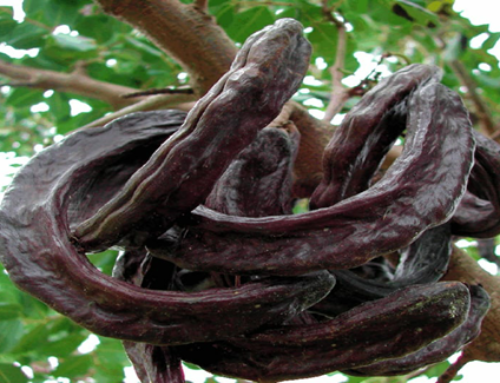
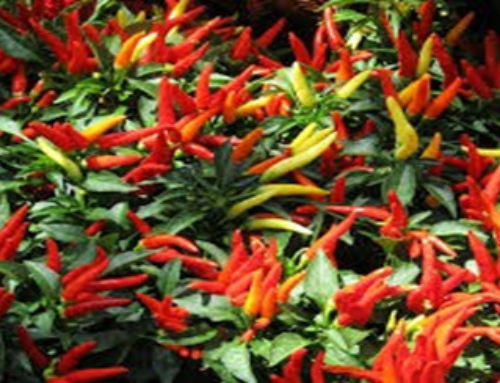

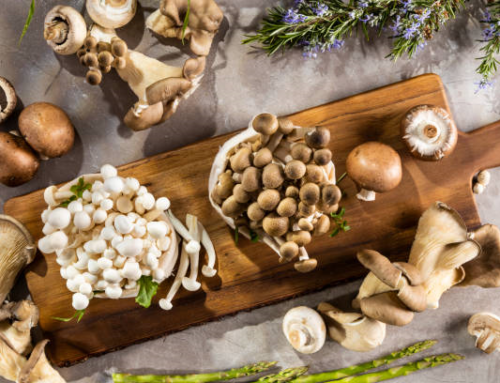
Leave A Comment